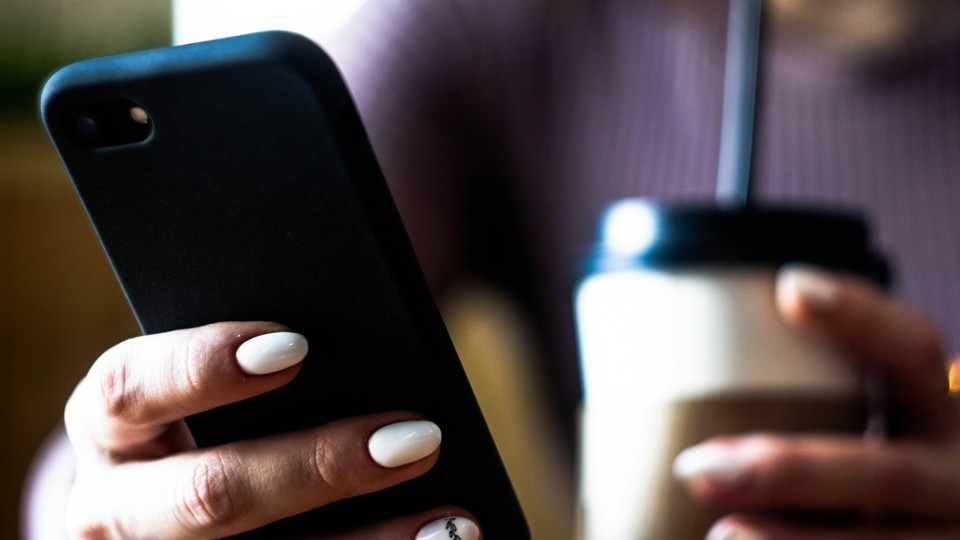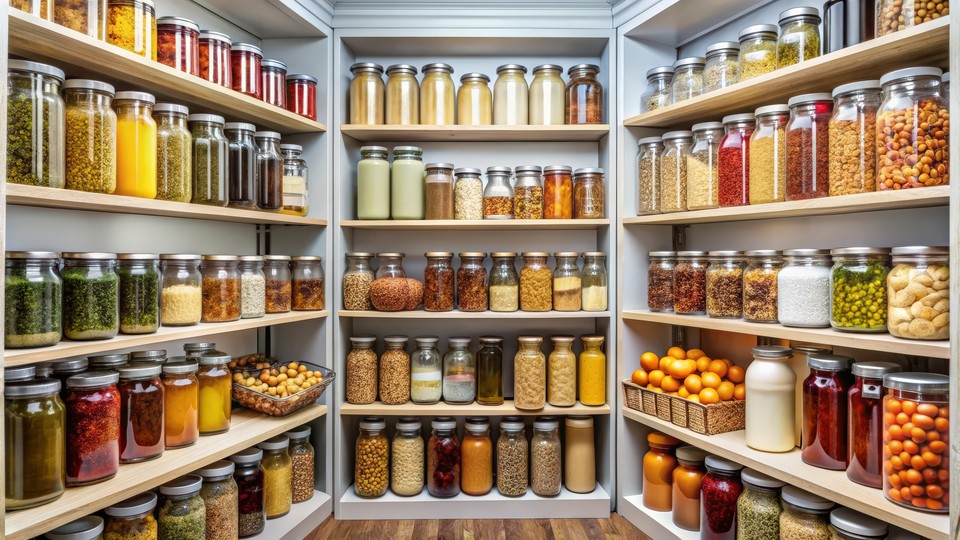
Big Spender
When High Prices Attract And Low Prices Repel
By Utpal Dholakia
When High Prices Attract And Low Prices Repel
This article originally appeared in Psychology Today.
As consumers, we think of high prices as painful and low prices as attractive. However, prices have a powerful informational value that can make this relation invalid. The level of an object’s price embeds and conveys useful information about its quality (or lack thereof) or the quality of the store from which it is purchased.
For instance, if all I tell you about one particular car is that it has an $85,000 price tag, visions of a posh luxury car are sure to dance before your eyes even when no other information about the vehicle is forthcoming. You are unlikely to visualize a hatchback or a cookie-cutter minivan given this $85,000 price point.
On the other hand, if I tell you my lunch today cost just one dollar, you will guess I had a taco or a hot dog from a food truck, not a gourmet multi-course meal.
An item’s price level, by itself, delivers useful, and sometimes diagnostic information about the product. The informational value of price is particularly potent when the item’s price is extreme, either on the high end or the low end. It can work in counter-intuitive ways that make little economic sense.
The case of the bargain basement author
To understand the power of informational value, Consultant Dorie Clark recounts the case of a highly-regarded New York Times bestselling author who was invited to be a keynote speaker at an association’s annual convention. When asked his speaking fees to participate, the superstar author quoted a modest price of $3,000, a fraction of what the association was expecting to hear. Instead of being thrilled at having locked up a top-notch speaker at a price far below the budgeted amount, the event’s organizers started having second thoughts. They wondered whether they had chosen the right speaker and grew concerned about the quality of the speech he would deliver. This adverse reaction occurred because the price was too low! As Clark insightfully advice, “Price is often a proxy for quality, and when you put yourself at the low end, it signals that you’re unsure of your value — or the value just isn’t there. Either can be alarming for prospective clients.”
The highest price point can be the most comforting one
In the late 1990s, when the consumer packaged goods behemoth P&G wanted to introduce the new Olay Total Effects product, the company tested different price levels of $12.99, $15.99, and $18.99 to determine which price would be the most appealing to target customers. They would presumably have made a profit at all these prices. At the low price level, a fair number of mainstream consumers who shopped in grocery or drug stores expressed interest in Olay, but the prestige shoppers who purchased it in department stores were not as responsive. They thought it was too cheap to be in department stores. At the $15.99 price level, the amount of purchase interest from both groups declined. But surprisingly, when Olay’s price was increased to $18.99, both groups, and particularly, the department store shoppers’ intentions to purchase shot up to levels higher than the $12.99 price. More people wanted to buy the same product at a higher price. As Joe Listro, Olay’s R&D manager explained:
So, $12.99 was really good, $15.99 not so good, $18.99 great. We found that at $18.99, we were starting to get consumers who would shop in both channels. At $18.99, it was a great value to a prestige shopper who was used to spending $30 or more [for a similar product]. But $15.99 was no-man’s-land—way too expensive for a mass shopper and really not credible enough for a prestige shopper.
What is striking about this story is that the exact same product was being tested by P&G, yet it was the price level that created such a varying degree of response. The informational value of the $18.99 Olay price lay in comforting the prestige shoppers by signaling the product’s effectiveness, and in making the product aspirational for the mass shoppers, portraying it as an affordable luxury item that they could splurge on. Anything lower was detrimental to the new product’s success.
High prices attract consumers when assessing quality is difficult
As both these cases show, the informational value of price is particularly powerful when the buyer has difficulty in discerning the item’s quality. The keynote speaker’s services were what marketers call an “experience good,” the quality of which can only be evaluated after the experience is complete. Similarly, the Olay Total Effects product was being newly introduced to the marketplace, so consumers did not have a good idea of what to expect.
The main lesson for consumers is this. When a product’s quality is hard to assess, that’s when savvy marketers tend to set prices at a high level to signal that they are selling high-quality items. This is when you should take the time to do research and try to understand what contributes to quality so that you can buy the item with the best value instead of the most expensive one.
Utpal Dholakia is the George R. Brown Professor of Marketing at Jones Graduate School of Business at Rice University.
Never Miss A Story


